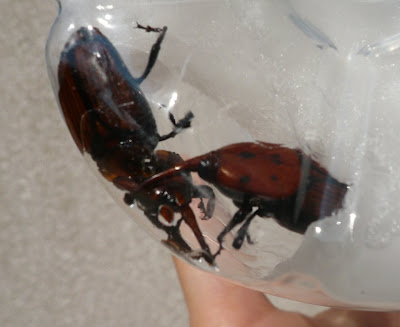
Category Archives
XC Skies
From basic to advanced meteo readers. XC Skies; such a great new forecast website, trial for a month. An amazing tool to be used everyday!!
Reflexions about veganism

4 activists from Igualdad Animal chain themself to an stand in the spanish fair IberPiel. Do not consume leather goods! For a vegan product!
Real time meteo station
Max just create a real time meteo station in our local paragliding place!! Now we have webcam and also meteo station, thanks to Aeromax.
Mountain waves clouds
Thanks Nambroque for your wonderfull videos.
I am shocked about their beauty.
Rare and beautifull; Mammatus clouds

The rare from these clouds is their formation, by descendent vertical currents.
While associated with thunderstorms, they are not necessarily an indicator of severe weather. Mammatus results from the sinking of moist air into dry air. It is in essence an upside down cloud.
If you are interested in clouds you should check the website of Cloud Appreciation Society.
Smart fiber; Seacell

The latest innovation in marine textil (2001) is the development of a new fiber, SeaCell ®, the combination of cellulose and active substances of seaweeds (e.g. Ascophyllum nodosum) and silver.
- Process does not require handling of pesticides or pesticide-like substances.
- The seaweed has an activating effect, that can keep the skin fresh and smooth.
- First cellulosic fiber with an antibacterial and fungicidal effect.
The result is a soft, breathable, stimulating and comfortable fabric.
Red Palm Weevil

Information on Red Palm Weevil was first published in 1891 in India. This pest was first described as a serious pest of the coconut palm in 1906, while in 1917 it was described as a serious pest in the date palm in the Punjab, India.
The Red palm weevil, Rhynchophorus ferrugineus Olivier, is actually one of the most harming insects for the palms over the world, generally causing the death of the plant. Its expansion began 25 years ago attacking palms in the south of Asia, Arabia and Iran. It was injected in the north of Africa through Egypt by 1993 continuing its expansion to European countries like Italy, France, Portugal and Spain.
Always associated to the palms. It is actually the most threatening plague for palms all over the world.
The destructive effects are becoming a big problem nowadays in the east and south of spain. To stop ‘Picudo rojo’ (Red palm weevil) in Valencia, Spain, please give and advice to this number +34 630 04 15 22 (Generalitat Valenciana)
Schoeller; a green textile manofacturer

As far back as 1994 Schoeller, the swiss textiles manofacture, launched their first 100% recyclable stretch fabric. Since more than 10 years they have used no PFOS-containg products in their manufacturing. Due to the installation of a special waste water reactor, they were able to have the load of contaminants ten years ago. Modern dyeing machines and a solvent washing machine permitted a further 65% water reduction from 2001 on. By converting to natural gas and recovering energy from exhaust air and waste water, we have considerably reduced the CO2 emissions since 2002 and achieved further energy savings. Within the framework of an expansion project and the installation of modern tencering frames, an exhaust air purification plant and air weaving looms between 2005 and 2007, they have succeeded in increasing production capacity and saving energy. Visit Schoeller website.


